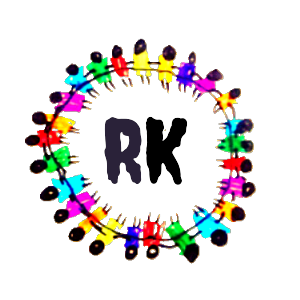1️⃣ What is var_dump()?
var_dump() is a PHP built-in function.- It displays detailed information about a variable, including:
- Data type (string, integer, array, boolean, etc.)
- Value of the variable
- Length (for strings or arrays)
It’s mainly used for debugging during development.
2️⃣ Syntax
$variable = any PHP variable you want to inspect.
3️⃣ Examples
Example 1 – Integer
<?php
$age = 25;
var_dump($age);
?>
Output:
int → data type25 → value
Example 2 – String
<?php
$name = "Saravana";
var_dump($name);
?>
Output:
string → data type(8) → number of characters"Saravana" → value
Example 3 – Boolean
<?php
$isActive = true;
var_dump($isActive);
?>
Output:
Example 4 – Array
<?php
$colors = array("Red","Green","Blue");
var_dump($colors);
?>
Output:
array(3) {
[0]=> string(3) "Red"
[1]=> string(5) "Green"
[2]=> string(4) "Blue"
}
array(3) → 3 elements- Shows index
[0], [1], [2], type, and value of each element
4️⃣ Why use var_dump()?
- Debugging variables: Know exactly what type and value a variable has.
- Inspect arrays or objects: See nested structures clearly.
- Avoid errors: Check before using variables in calculations or functions.
Tip: You can also use print_r() to display arrays, but var_dump() gives more detailed info, including types.
